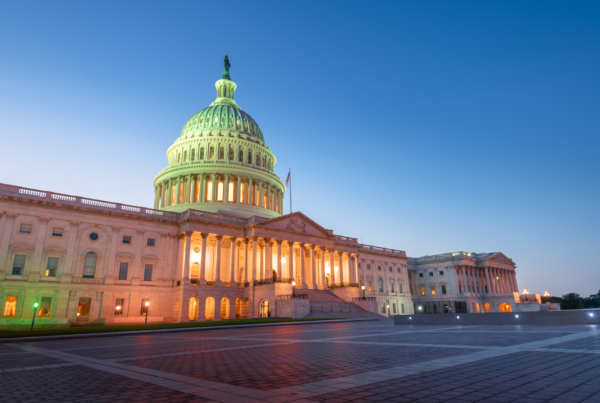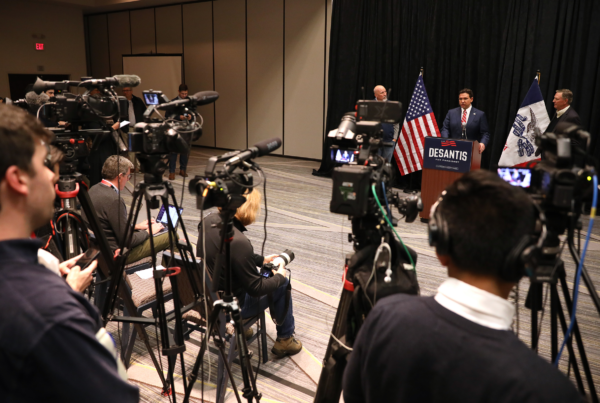Partisan Division: Dems Attack Wall Street and Wall Street Experience
GOP (and especially IGs) Go After Health Care and Obama
(MIDDLETOWN, CT) Oct. 25, 2010 — In the battle for control of Congress, economic references are far and away the most prominent theme mentioned in both Democratic and Republican advertising. In particular, jobs are receiving the lion’s share of attention with nearly half of all Republican ads (46 percent) mentioning employment and well over a third of all Democratic ads doing the same (38 percent), followed closely by mentions of taxes (44 percent of GOP, 36 percent of Dem ads). Beyond that, however, ads by or on behalf of major party candidates diverge in their attention to specific references.
***To view entire release as pdf, click here.
***To view tables, select a format: pdf xls or zipped xml
Democratic ads are attacking Wall Street and candidates with Wall Street experience, viewing those ties as a key liability this year,” said Erika Franklin Fowler, assistant professor of government at Wesleyan University and co-director of the Wesleyan Media Project. “In addition, Democratic ads tend to mention trade and globalization and frequently feature accusations that Republican candidates are sending American jobs to China. In short, the Democratic strategy involves an attempt to paint Republicans as out of touch with the average American’s economic reality.”
Table 1. Top Themes/Issues Mentions by Party (Percentage)
To view tables, select a format: pdf xls or zipped xml
*Based on Wesleyan Media Project on-going analysis of airings in senatorial and congressional ads from Kantar Media/CMAG.
**Some ads mention more than one issue or theme.
Republicans are focusing heavily on government spending and the budget deficit more generally along with the spending of stimulus dollars in particular,” said Travis Ridout, associate professor of political science at Washington State University and co-director of the Wesleyan Media Project. “Republicans are primarily going after the liberal, tax-and-spend image of Democrats. But they aren’t ignoring Wall Street altogether either as almost 9 percent of their airings target the financial district too.”
Other domestic issues have taken a backseat to the economy, but not surprisingly health care is among the top mentions for both parties.
Almost a third of advertising by or on behalf of Republican candidates are attacking health care reform while a much smaller percentage of Democratic ones – primarily candidate-sponsored ones – are discussing reform” said Michael Franz, associate professor of government at Bowdoin College and co-director of the Wesleyan Media Project. “In the aggregate, Democrats are actually talking more about social security than health care while getting hammered by Republican spots seeking to capitalize on mixed opinion surrounding the landmark legislation.”
Table 2 displays the proportion of Democrat and Republican airings mentioning Obama, Congress, and either party in a disapproving way.
In an anti-incumbent year, Congress is a frequent target of both Democratic and Republican attacks,” added Fowler, “but gone are the Democratic references to hope and change. Rather it’s Republicans who own change this year, a common theme in almost 8 percent of GOP airings.”
Table 2. Disapproving Mentions by Party
To view tables, select a format: pdf xls or zipped xml
* Based on Wesleyan Media Project on-going analysis of airings in senatorial and congressional ads from Kantar Media/CMAG.
Republicans are going out aggressively against Obama with more than a quarter of all spots mentioning the president in a disapproving fashion,” said Ridout.
The Wesleyan Media Project also tracks mentions of other key phrases such as Main Street, Tea Party, and experience.
Given the political mood, this is not a year to trumpet experience, and this is reflected in our analysis. ‘Experience’ is featured in less than 0.5 percent of airings. It might surprise some, however, that despite all of the media focus on the Tea Party and Tea Party candidates, references to the movement are even less common than references to experience,” noted Franz.
The Wesleyan Media Project provides real-time tracking and analysis of all political television advertising in real-time. Housed in Wesleyan’s Quantitative Analysis Center –part of the Allbritton Center for the Study of Public Life – the Wesleyan Media Project is the successor to the Wisconsin Advertising Project, which disbanded in 2009. It is directed by Erika Franklin Fowler, assistant professor of government at Wesleyan University, Michael M. Franz, associate professor of government at Bowdoin College, and Travis N. Ridout, associate professor of political science at Washington State University.
The Wesleyan Media Project is supported by grants from John S. and James L. Knight Foundation, The Sunlight Foundation, Wesleyan University, and its partner institutions Bowdoin College and Washington State University. Data provided by Kantar Media/CMAG with analysis by the Wesleyan Media Project using Academiclip, a web-based coding tool. Results are based on a large sample of almost 700 unique ads, accounting for nearly 300,000 of the more than 500,000 airings between September 1 and October 13.
For more information contact:
David Pesci at 860-685-5612 or dpesci at wesleyan.edu
Erika Franklin Fowler at 860-685-3407 or efowler at wesleyan.edu
Michael M. Franz at 207-798-4318 or mfranz at bowdoin.edu, or
Travis N. Ridout at 509-335-2264 or tnridout at wsu.edu
###



